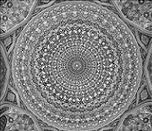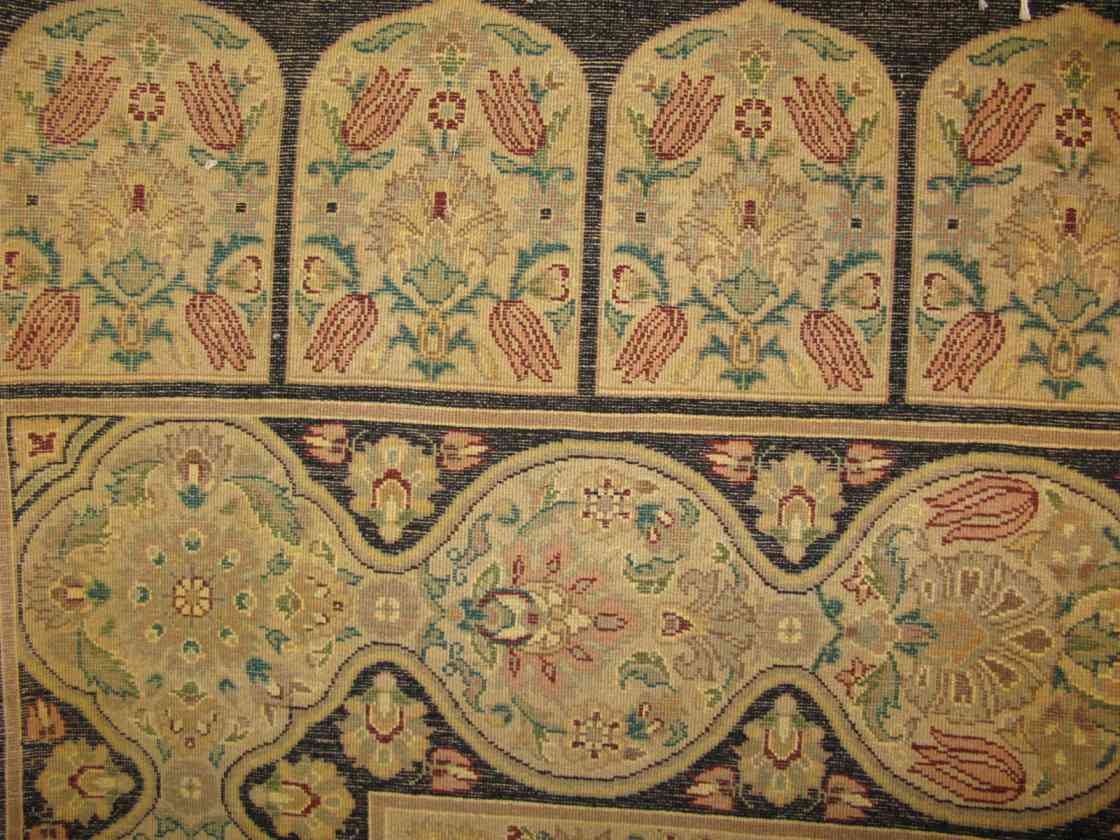A brief history of the Dome of Palace design
 The fall of the Sassanian dynasty by the invading Muslim Arabs led to the adaptation of the remarkable Persian architectures for Islamic religious buildings in Iran. Arts such as calligraphy, stucco work, mirror work and mosaics became closely tied with the architecture of Mosques in Persia especially with the round domed rooftops which roots its origin back to the Parthian dynasty of Greater Iran. The Sassanid Empire initiated the construction of the first large-scale domes in Persia, with such royal buildings as the Palace of Ardashir and Dezh Dohktar. After the Muslim conquest of the Sassanid Empire, the Persian architectural style became a major influence on Muslim societies and the dome also became a feature of Muslim architecture.
The fall of the Sassanian dynasty by the invading Muslim Arabs led to the adaptation of the remarkable Persian architectures for Islamic religious buildings in Iran. Arts such as calligraphy, stucco work, mirror work and mosaics became closely tied with the architecture of Mosques in Persia especially with the round domed rooftops which roots its origin back to the Parthian dynasty of Greater Iran. The Sassanid Empire initiated the construction of the first large-scale domes in Persia, with such royal buildings as the Palace of Ardashir and Dezh Dohktar. After the Muslim conquest of the Sassanid Empire, the Persian architectural style became a major influence on Muslim societies and the dome also became a feature of Muslim architecture.
Sources and inspiration: Bérinstain, Valérie, et al. L'art du tapis dans le monde (The art of carpets in the world). Paris: Mengès, 1996. Print.; Jerrehian Jr., Aram K.A. Oriental Rug Primer. Philadelphia: Running Press, 1980. Print.; Herbert, Janice Summers. Oriental Rugs, New York: Macmillan, 1982. Print.; Hackmack, Adolf. Chinese Carpets and Rugs, Rutland and Tokyo: Tuttle, 1980. Print. ; De Moubray, Amicia, and David Black. Carpets for the home, London: Laurence King Publishing, 1999. Print.; Jacobsen, Charles. Oriental Rugs A Complete Guide, Rutland and Tokyo: Tuttle, 1962. Print.; Bashir, S. (n.d.). Personal interview.; Web site sources and dates of consultation vary (to be confirmed). Without prejudice to official usage.









 The fall of the Sassanian dynasty by the invading Muslim Arabs led to the adaptation of the remarkable Persian architectures for Islamic religious buildings in Iran. Arts such as calligraphy, stucco work, mirror work and mosaics became closely tied with the architecture of Mosques in Persia especially with the round domed rooftops which roots its origin back to the Parthian dynasty of Greater Iran. The Sassanid Empire initiated the construction of the first large-scale domes in Persia, with such royal buildings as the Palace of Ardashir and Dezh Dohktar. After the Muslim conquest of the Sassanid Empire, the Persian architectural style became a major influence on Muslim societies and the dome also became a feature of Muslim architecture.
The fall of the Sassanian dynasty by the invading Muslim Arabs led to the adaptation of the remarkable Persian architectures for Islamic religious buildings in Iran. Arts such as calligraphy, stucco work, mirror work and mosaics became closely tied with the architecture of Mosques in Persia especially with the round domed rooftops which roots its origin back to the Parthian dynasty of Greater Iran. The Sassanid Empire initiated the construction of the first large-scale domes in Persia, with such royal buildings as the Palace of Ardashir and Dezh Dohktar. After the Muslim conquest of the Sassanid Empire, the Persian architectural style became a major influence on Muslim societies and the dome also became a feature of Muslim architecture. Tapis d'Orient Bashir | Bashir Persian Rugs
Tapis d'Orient Bashir | Bashir Persian Rugs
 @tapisbashir
@tapisbashir
 @bashircarpets
@bashircarpets
 @bashircarpets
@bashircarpets